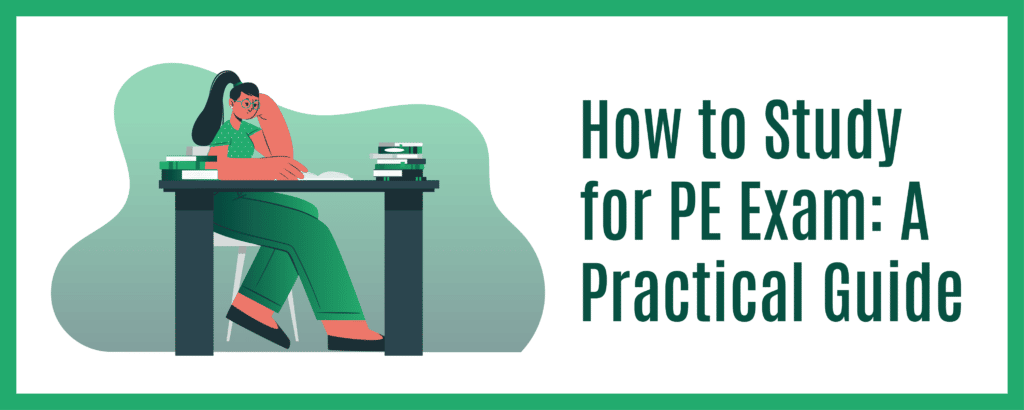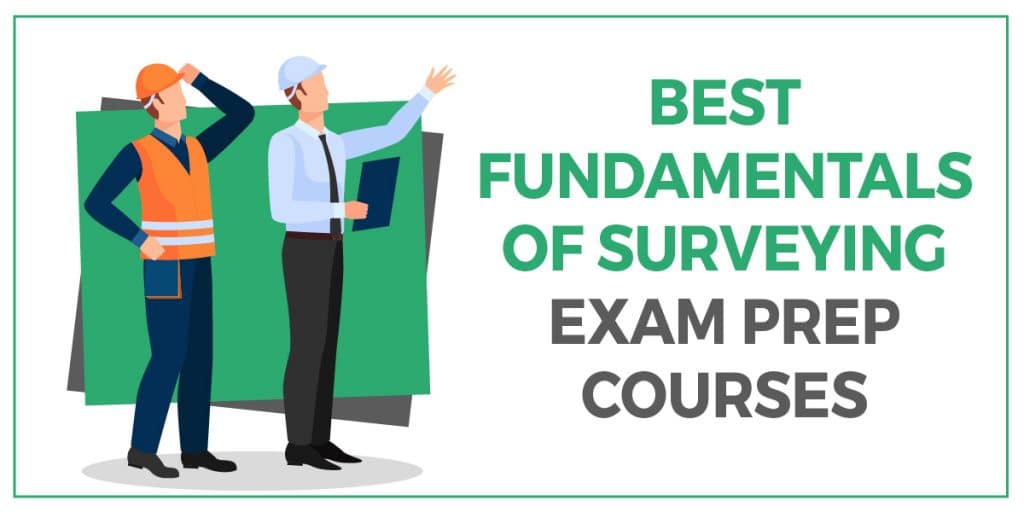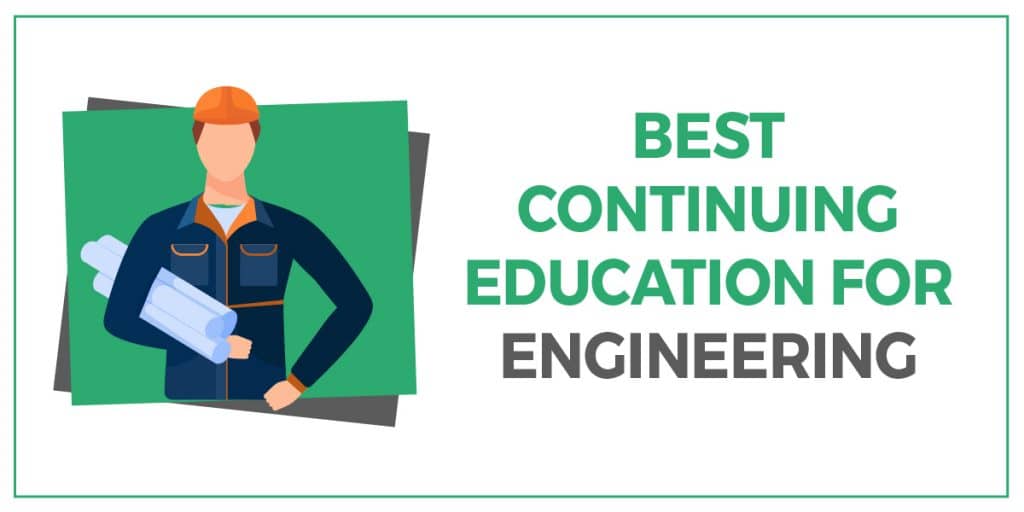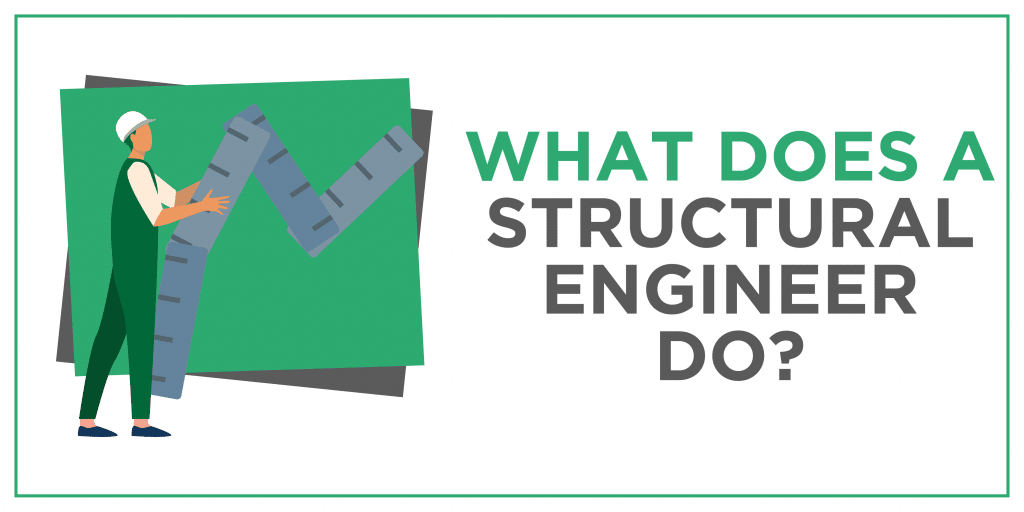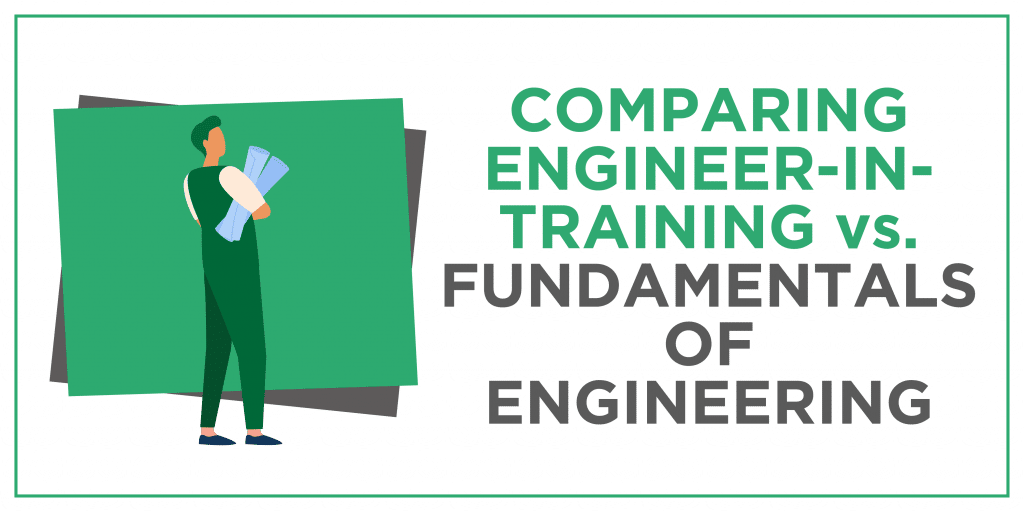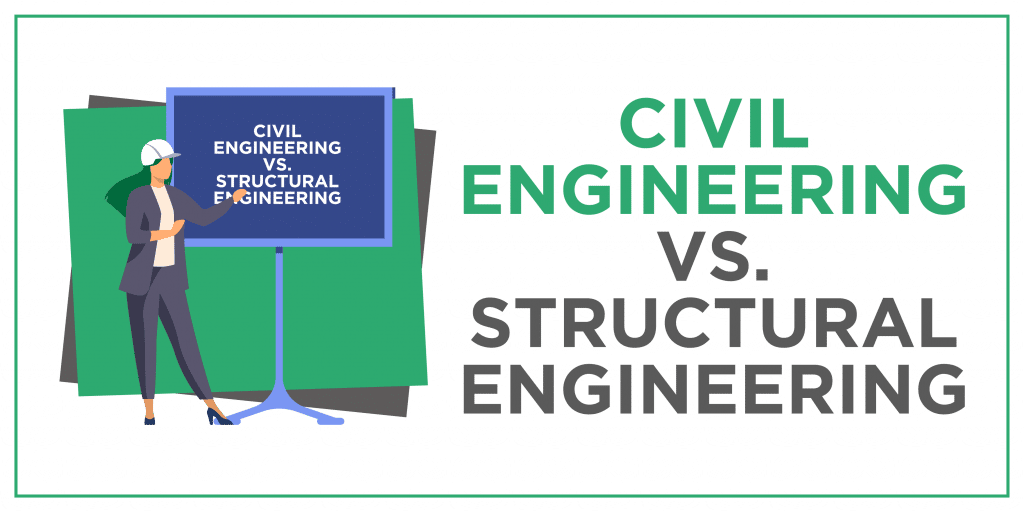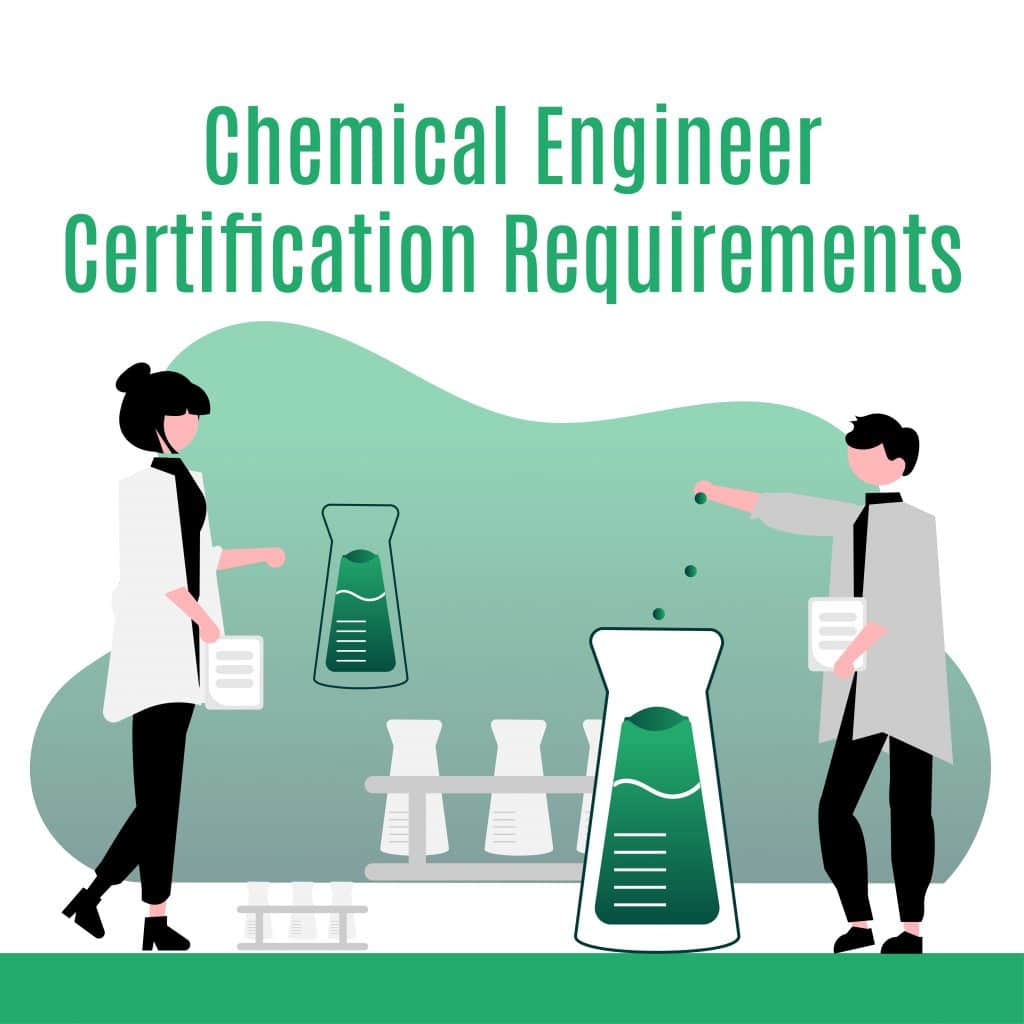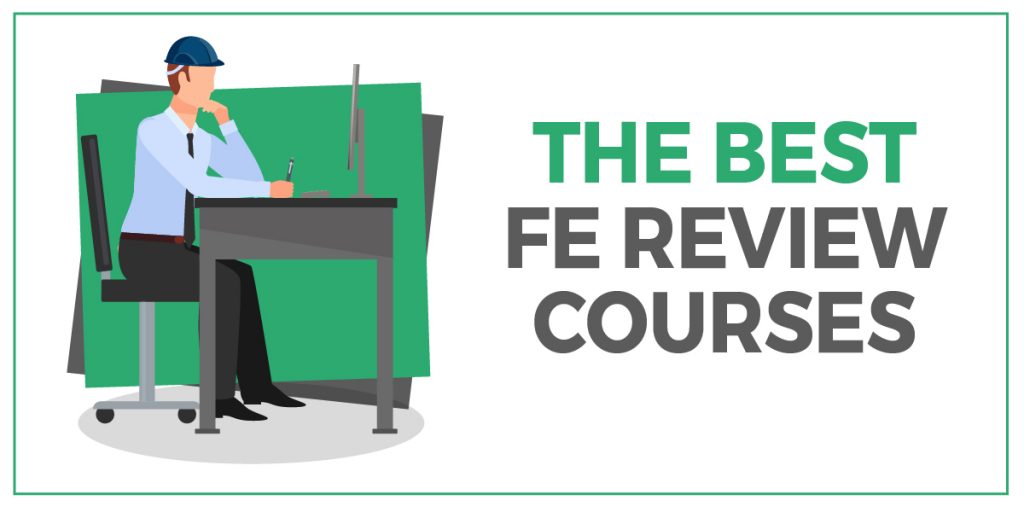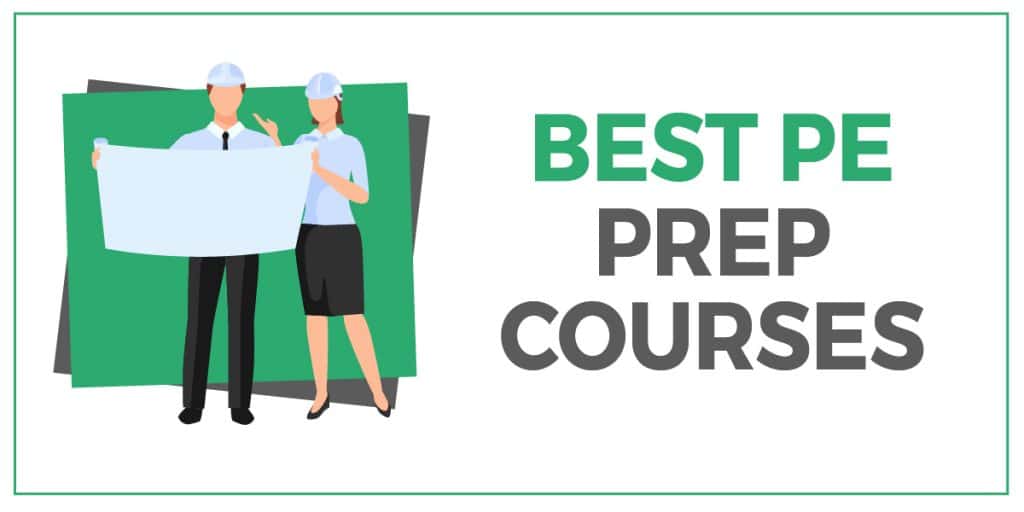Are you ready to join the elite 20% who’ve earned the official title of engineer?
According to the National Society of Professional Engineers (NSPE), only twenty percent of engineers are professionally certified. Although this is a small percentage, having a PE license can help you stand out in your field.
Where else can it lead?
More job opportunities, a higher salary, and the ability to complete specialized tasks like submitting drawings and plans to public authorities.
To secure these opportunities, you’ll need to pass the Process Engineer Exam (PE exam). This can be a daunting task since one in two people fail. Thankfully, there are some things you can do to make sure you’re not among that number.
Keep reading for general info on the PE exam and tips on studying so you can pass with flying colors.
What Is the PE Exam?
The Principles and Practice of Engineering Exam (PE) is a multiple-choice exam that assesses a candidate’s knowledge of process engineering. The exam covers topics such as process safety, mass and heat transfer, and chemical reaction engineering.
The PE exam is a grueling 8-hour test that covers a wide range of topics in engineering. Therefore, being well-prepared before taking the exam is important, as exam-specific information can be very challenging.
There are a few different ways to study for the PE exam, and the best approach depends on your learning style and the amount of time you have to prepare.
How to Study for PE Exam
You’re ready to start preparing for the PE exam. Great! One of the first things you’ll do is secure study materials or enroll in a PE prep course.
With so many options to choose from, this can be difficult to do!
To assist you in finding the most suitable PE exam reference materials, we’ve provided some options below for you to consider. Then, with the right approach, you will be ready to take the actual exam on exam day.
Review Course
The best way to get prepared is to take a PE review course. Universities or private companies typically offer review courses and provide an overview of all the topics covered on the exam.
The best PE review courses will include online and print resources, live or video lectures, practice problems, and full-length practice exams—all of which are essential for success on the PE exam.
These PE courses from the School of PE and PPI2Pass can take anywhere from several days to several weeks to get through and usually come with a personalized study plan to keep you on track.
They can be expensive but are a good option for those who want comprehensive preparation using the best resources.
Many offer money-back guarantees as well, so there’s less risk.
Self-Study
If you cannot afford a review course or if you prefer to study independently, there are a number of self-study resources available to help you prepare for the exam. Many universities offer free or low-cost online courses that cover the topics tested on the PE exam.
In addition, there are several commercial study aids, such as textbooks, workbooks, and online practice exams, that can be purchased to supplement your self-study.
Because these companies have taken the time to tailor their practice exam materials to the test, they’re usually a good way to gain experience solving realistic practice test problems.
While self-study may require more discipline than taking a review course, it is typically a more affordable form of exam prep.
No matter which method you choose, it’s important to start studying early. You’ll also want to create a study schedule that you can stick to. Dedicate a certain amount of time each day or week to studying, and make sure you stick to that schedule.
Practice Tests
One of the most important things you can do when studying for the PE exam is to take practice exams. A practice exam will not only help you get familiar with the format of the exam, but it will also give you an idea of what topics you need to focus on.
When you’re taking practice exams, it’s important to time yourself, as it’s a great way to get an idea of how long each section will take you and plan accordingly on the day of the exam.
Most PE review courses come with mock exams, but you can also purchase them individually.
Official NCEES Practice Exam
Need help deciding which to choose?
A lot of candidates go the NCEES practice exam route. The National Examiners for Engineering and Surveying, or NCEES, is a non-profit organization for professional engineers. NCEES is dedicated to advancing PE licensure.
As part of its mission, NCEES develops, scores, and administers the standardized tests used to get your PE license. As such, the NCEES practice exams are the closest you can get to the actual PE exam. In fact, they are developed by the same people who create the questions for the actual test.
The exams are computer-based and include all the question types you’ll see on test day, such as multiple-choice, fill-in-the-blank, and drag-and-drop.
You can purchase the practice exams through the NCEES website. They also offer a variety of other study materials, such as review courses and textbooks. As such, it’s a great place to start if you’re serious about passing the PE exam.
It’s important to note that taking the NCEES practice exams alone usually isn’t enough to pass the exam. Of course, practice tests are important, but a serious study plan is also crucial to overall success.
Additional Resources and Tips
The PE exam is known for its challenging engineering discipline, so you’ll need to give yourself enough time to study all of the relevant material.
If you’re having trouble with a certain topic, don’t be afraid to seek out help. There are plenty of resources available, both online and offline. You can find tutors, study groups, and more.
By following these tips, you’ll be well on your way to passing the PE Exam.
Studying for the PE Exam FAQs
Experts suggest that PE candidates should spend at least three months (100-300 hours) studying reference material for the PE exam. Although some have passed the PE test while only studying for a few hours, studying necessary topics, learning all the key equations, and practice solving problems usually takes a minimum 100-hour time commitment.
When taking the PE exam, you’ll be in the exam room for either 8 or 8 and 1/2 hours. This depends on which version you are taking. The Civil, Mechanical, Chemical, Power, and Environmental exams are only 8 hours. The rest are 30 minutes longer.
You’ll want to bring a few things to the exam, the first being proper identification. This must be a government-issued ID. This is a closed exam, so you cannot bring any books with you. You can bring an NCEES-approved calculator without a case, eyeglasses (without a case), and a light jacket or a sweater. Items on this comfort aid list can also be brought to certain centers.
You are allowed to take the PE exam up to three times within a one-year period. However, if you do not pass the exam after three tries, you will have to wait until the next testing window opens. Moreover, you may only take the exam once every three months.

